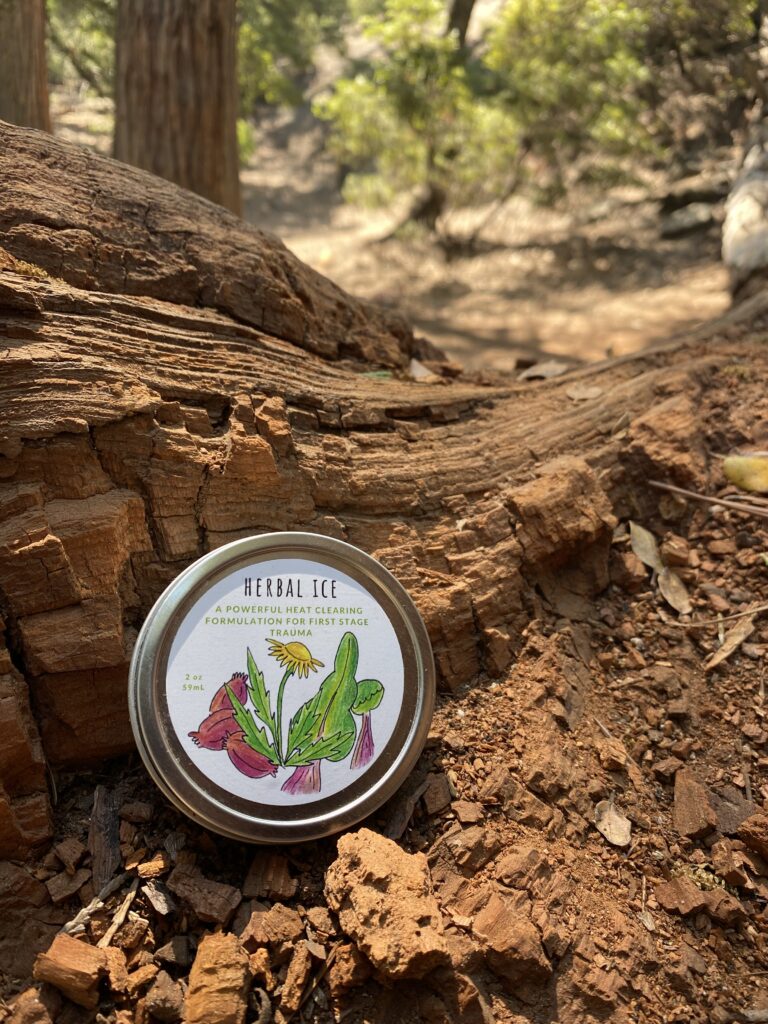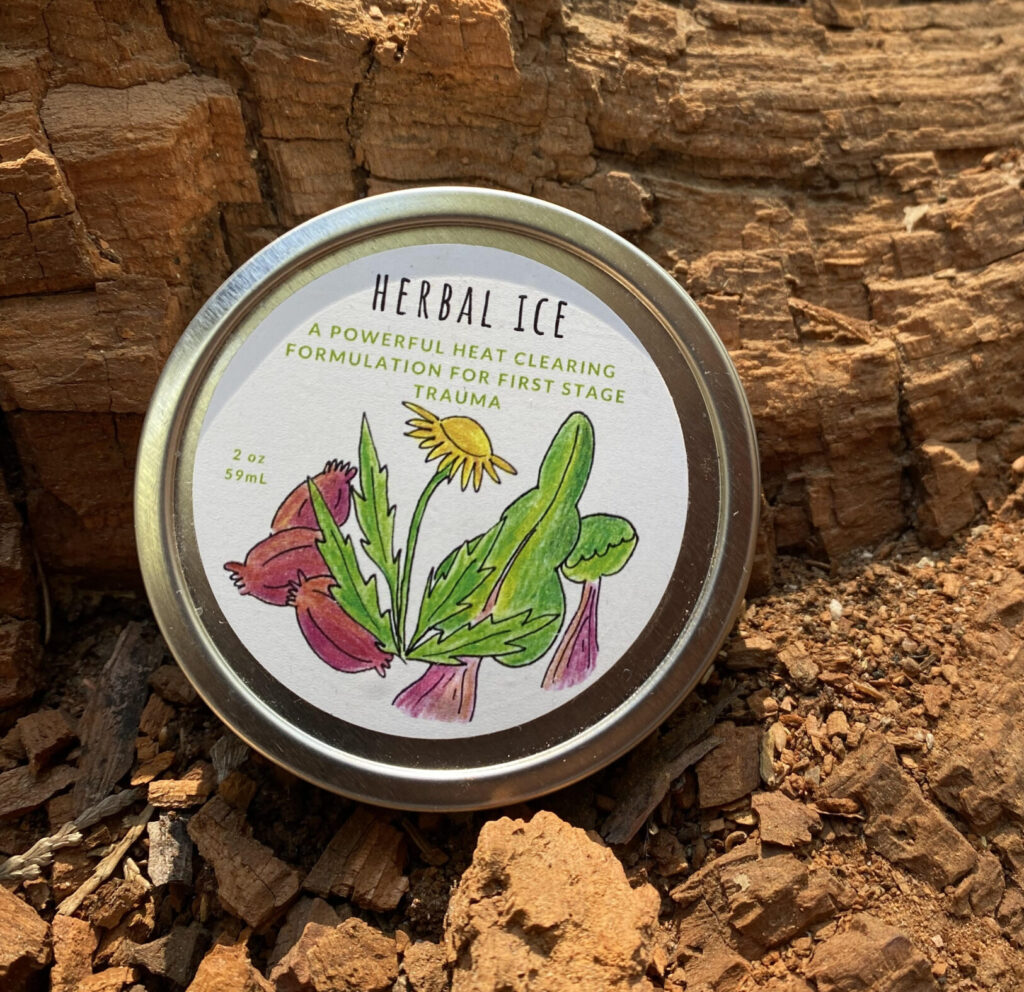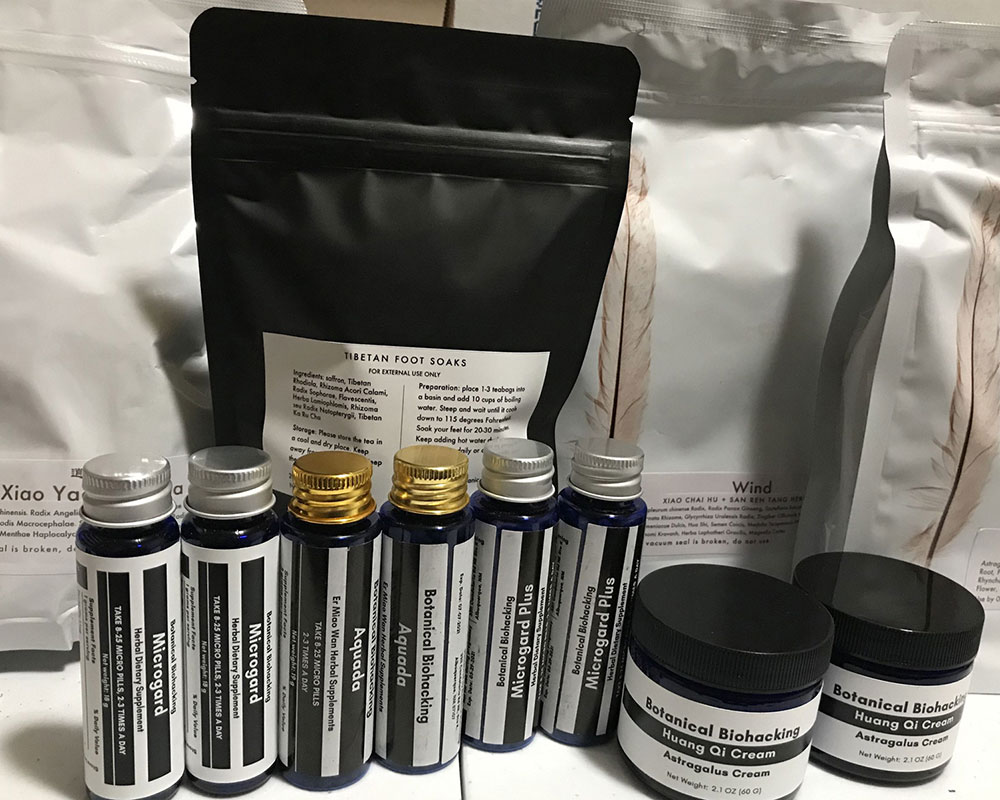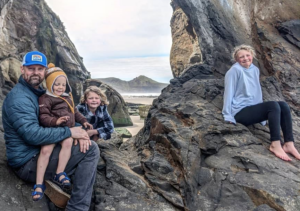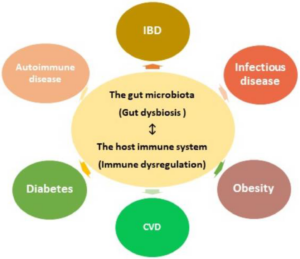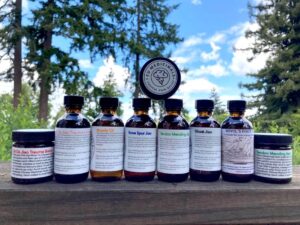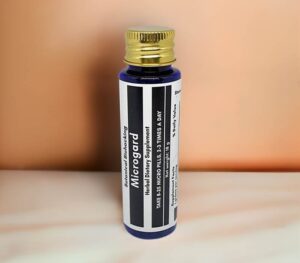In sports medicine and physical therapy, the RICE (Rest, Ice, Compression, Elevation) protocol has been a cornerstone of acute injury management for decades. However, recent research suggests that aspects of the RICE approach may impede the healing process, warranting a reevaluation of these traditionally held principles.
This blog serves as a summary of the research paper by Scialoia, Domenic, and A. Swartzendruber, titled “The RICE protocol is a myth: a review and recommendations,” published in The Sport Journal in 2020. The paper critically examines the well-known RICE (Rest, Ice, Compression, Elevation) protocol, often recommended for injury treatment, and argues that it may not be as effective as commonly believed.
RICE
The conventional wisdom of managing acute injuries was revolutionized in the 1970s when Dr. Gabe Mirkin coined the term RICE, an acronym for Rest, Ice, Compression, Elevation. This approach quickly became an industry standard. Nevertheless, Dr. Mirkin, in the foreword to Reinl’s second edition of “Ice: The Illusionary Treatment Option,” has publicly revised his stance on the protocol he once fervently advocated. Mirkin cites research indicating that both rest and ice may in fact delay recovery, while mild movement can facilitate faster tissue healing. Further, ice, though efficient at suppressing pain, may delay the body’s immune responses critical to a swift recovery.
Physiological Response to Injury
Inflammation is a critical and necessary response when tissue injury, initiating a triphasic recovery process comprised of inflammation, repair, and remodeling. Contrary to the view that inflammation is an undesired outcome, it is an instantaneous defense mechanism aiming to control the extent of cell injury and prepare the tissue for repair. The magnitude of the response depends on the trauma severity and tissue vascularization.
Inflammation
Upon injury, local vasodilation occurs as blood vessels in the immediate area widen to enhance blood flow. This allows neutrophils, white blood cells attracted to the trauma site, to enter the interstitial space where they work to clean the area of invaders, and protect the damaged tissue.
Swelling
As the waste products produced by macrophages and neutrophils accumulate in the form of fluid, the body’s reliance on the lymphatic system for drainage becomes paramount. This system is a passive, one-way mode of transportation for excess fluid, depending on the voluntary contraction of the body’s tissues for propulsion.
Inadequate lymphatic system functioning can lead to an accumulation of waste products and excess swelling and hinder optimal recovery of damaged tissues. However, when the body can successfully clear the damaged site of excess fluid via the lymphatic system, the process of repair is enabled.
Therefore, understanding this complex process is paramount in redefining our approach to injury management, recognizing that inflammation is not an obstacle but a necessary healing phase. Healing cannot happen without inflammation; it is not an adverse response but an indispensable aspect of the recovery process, allowing the body to move through the stages of inflammation, repair, and remodeling.
Rethinking Ice Application
The RICE protocol advocates for ice application to reduce inflammation. However, given that inflammation is essential to the healing process, it is now apparent that icing can inhibit healing. When ice is applied, it acts as a vasoconstrictor, narrowing the blood vessels and restricting the transport of inflammatory chemicals and neutrophils to the injury site. This physiological response, consequently, impedes healing. Further, prolonged ice application can cause lymphatic vessels to excessively increase their permeability, leading to local swelling and potentially exacerbating pain.
Rest and Elevation
A cardinal principle of the RICE protocol, rest, is now questioned. Though intuitive, complete rest does not augment the healing process. As the lymphatic system’s role is to drain waste products and requires tissue contraction for propulsion, a state of inactivity can impede this drainage, leading to congestion and a delay in the inflammatory and subsequent healing phases. Moreover, extended periods of inactivity can lead to muscle atrophy, rendering tissue weaker, less functional, and more susceptible to future injury. Similarly, while elevation aims to limit swelling by utilizing gravity, it does not provide a proactive solution to the underlying issue.
Active Recovery and the MEAT Protocol
Emerging research champions a more proactive and nuanced approach to injury management – active recovery and the MEAT protocol. Active recovery refers to the involvement of injured skeletal muscle tissue in non-strenuous activity. It facilitates the propulsive force needed for lymphatic drainage and can begin as soon as the day after a minor injury, provided movements are pain-free.
The MEAT protocol, an acronym for Movement, Exercise, Analgesia, Treatment, addresses the flaws in the RICE approach. Rather than advocating for rest, it recommends pain-free movement and resistance exercises to aid lymphatic drainage and maintain muscle mass. Analgesia, the third element of the MEAT protocol, encourages the management of pain without NSAIDs, as these have been found to possibly delay recovery by inhibiting the synthesis of prostaglandins that initiate inflammation. Lastly, ‘treatment’ comprises various therapeutic approaches tailored to the individual patient, including acupuncture.
Herbal Ice
The use of San Huang San and Herbal Ice also stands out as a promising approach. Unlike conventional ice, which may hinder healing, these herbal remedies are formulated to reduce inflammation without interfering with the essential recovery stages. San Huang San, in particular, has a rich history in Traditional Chinese Medicine, harnessing the natural properties of herbs to aid in the treatment of injuries. By embracing these herbal alternatives, we may find a more harmonious way to manage pain and inflammation, offering a bridge between ancient wisdom and a contemporary understanding of injury recovery. This balanced approach may represent not just a refinement in treatment methods but a potential paradigm shift towards more holistic healing.
Bonus: Exercise Recovery
Both ice and gentle exercise can help you heal from an injury or recover after a tough workout. But it’s important to do it the right way. If you’re using ice, don’t leave it on for more than 10 minutes at a time. And when it comes to active recovery, which is a way of using low-impact exercises to help your muscles bounce back, focus on the same muscles you used in your workout. Think of it like a cool-down phase: spending 20 minutes gently working the same muscles that you used during your exercise session helps get rid of tiredness more effectively than working other muscles. This helps your blood flow better and clears away any waste, setting the stage for your muscles to heal and get stronger.
Nature’s Ice Packs! Experience quick relief from redness and inflammation while nourishing your skin
We make available natural products that have been observed to make a difference in the lives of our patients, friends and family. You’re in good hands shopping with us.
About the Author
Willard Sheppy is a writer and healthcare practitioner who seamlessly melds scientific knowledge with practical applications in engaging and authoritative articles. He holds a Bachelor of Science in Environmental Science from Oregon State University and a Master’s in Acupuncture and Oriental Medicine from the distinguished Oregon College of Oriental Medicine.
In his work, Willard skillfully combines his extensive educational background in scientific research with his practical experience as a healthcare practitioner. Willard balances his life with martial arts and cherished family adventures. As a father of three, he often leads his family on camping and hiking trips along the breathtaking Oregon coast.
Connect with Willard on LinkedIn at linkedin.com/in/valleyhealthclinic or learn more about his services at valleyhealthclinic.com. Embark on this journey towards holistic health with Willard!

